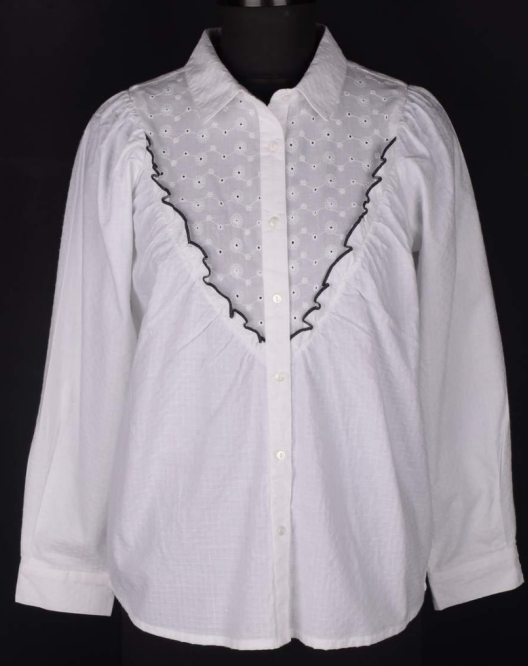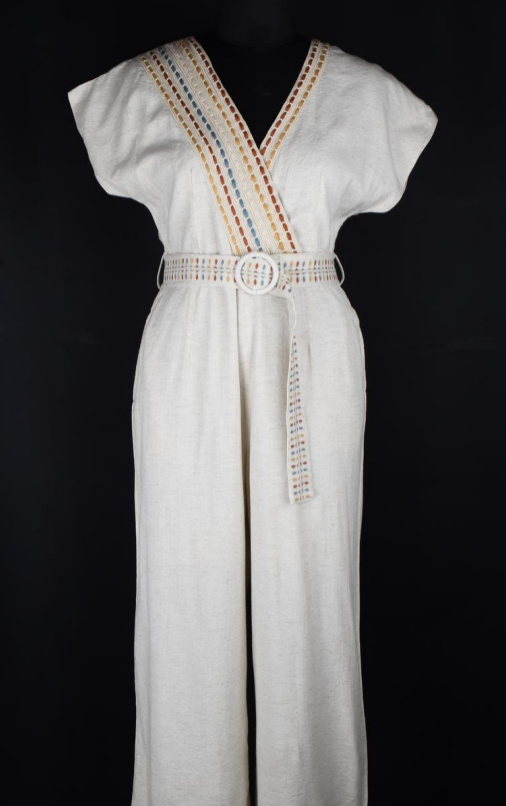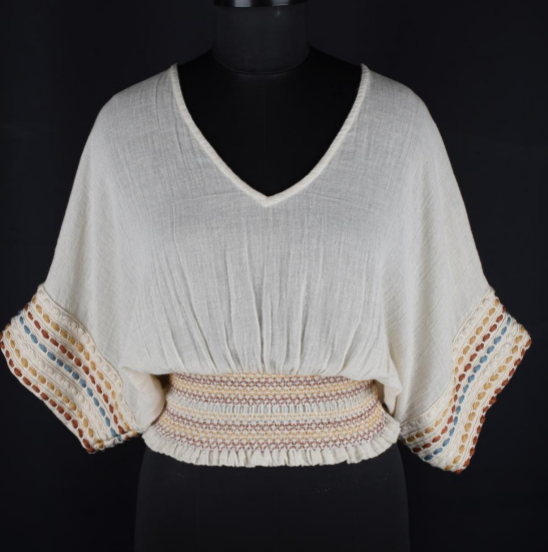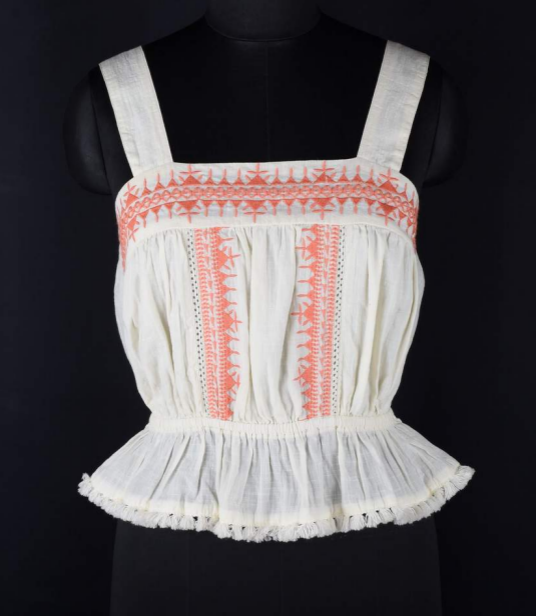Exporting Apparel: A Comprehensive Guide For Manufacturers
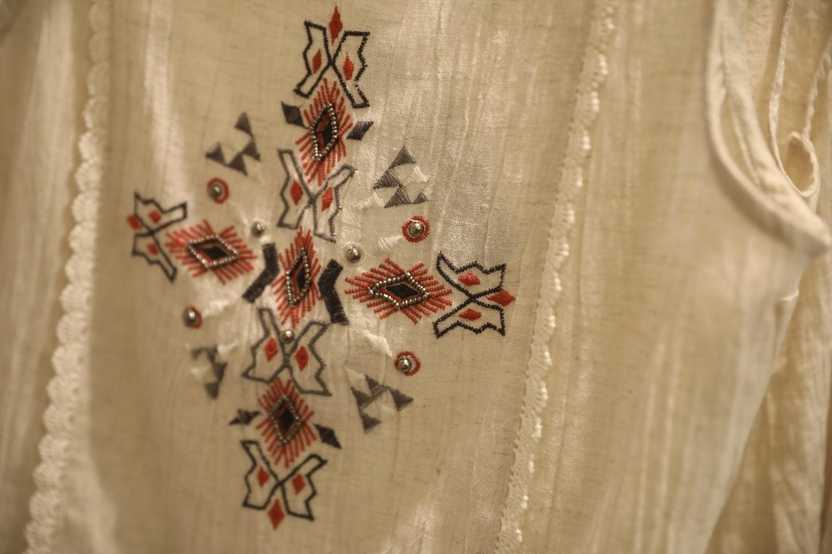
India boasts a rich tapestry of textile heritage, making it a global leader in the industry. With a skilled workforce and a strong emphasis on quality, the country has carved a niche for itself in the international market. The Indian textile and apparel sector is a significant contributor to the nation's economy, generating substantial employment and foreign exchange earnings. The industry's robust growth trajectory, projected to reach $190 billion by 2025-26, underscores its immense potential. This led to increased demand for India's textiles. However, if you’re looking to export garments under the government rules and regulations, you need to follow some steps: What are these steps and requirements?
Steps Manufacturers Need to Understand for Garment Exporting
-
Identifying the Target Market
The initial step involves pinpointing the ideal market for your garments. Thorough market research is essential to understand consumer preferences, fashion trends, and regulatory requirements. Factors such as cultural nuances, economic conditions, and competitive landscape must be carefully analysed to identify lucrative opportunities.
-
Building Strong Supplier Relationships
Establishing partnerships with reliable suppliers is crucial for the success of any export venture. Careful evaluation of suppliers based on factors such as production capacity, quality standards, ethical practices, and pricing is essential. Building long-term relationships with suppliers can provide a competitive edge in the global market.
-
Overcoming Export Challenges
Garment exporters face numerous hurdles, including trade barriers, fluctuating exchange rates, and intense competition. Effective risk management, diversification of markets, and staying updated on industry trends are essential for overcoming these challenges.
-
The Role of Technology
Technology plays a pivotal role in modern garment exporting. From digital platforms for connecting with buyers to supply chain management software, technological advancements have streamlined operations and improved efficiency. By understanding the intricacies of the garment export process and leveraging technology, exporters can increase their chances of success in the global marketplace.
Documents Required for Garment Exporting
Exporting garments from India necessitates a comprehensive set of documents to ensure smooth customs clearance and compliance with international trade regulations.
-
Importer Exporter Code (IEC): A mandatory registration number issued by the Directorate General of Foreign Trade (DGFT) for all exporters and importers.
-
Commercial Invoice: A detailed document outlining the products, quantities, prices, and payment terms.
-
Packing List: Specifies the contents, packaging details, and quantities of each package.
-
Bill of Transportation or Shipping: A contract between the exporter and the shipping carrier, acting as a receipt for the goods.
-
Certificate of Origin: Verifies the country of origin of the goods.
-
Inspection Certificate: Issued by a third-party inspection agency to verify product quality and compliance.
-
Export Licence: Required for specific product categories or countries, issued by the DGFT (Directorate General of Foreign Trade).
Types of Garments and Apparels Manufacturers can Export
India stands as a global leader in the textile and apparel industry, renowned for its rich heritage, skilled workforce, and diverse product range. Here are the key categories that manufacturers can export:
-
Cotton Textiles: India's largest export segment, featuring high-quality fabrics like voile, muslin, and blends. Popular products include shirts, dresses, and trousers.
-
Readymade Garments: A major contributor, encompassing a wide range of apparel for men, women, and children, from casual wear to formal attire.
-
Handloom Products: Showcasing India's artistic heritage, handloom textiles like sarees, shawls, and dupattas are highly sought after globally.
-
Silk Textiles: Known for its luxurious fabrics, India exports a variety of silk-based products, including sarees, lehengas, and fashion accessories.
-
Wool Products: Offering warmth and comfort, India exports woollen garments, sweaters, scarves, and blankets.
-
Jute Products: Leveraging the eco-friendly jute fibre, India exports bags, footwear, carpets, and home decor items.
-
Man-made Textiles: Catering to modern fashion trends, India produces a range of synthetic fibre-based apparel and accessories.
This diverse product portfolio has solidified India's position as a major player in the global textile and apparel market.
Conclusion
Exporting garments from India is a complex but rewarding venture. By carefully considering market trends, building strong supplier relationships, and adhering to strict quality control standards, manufacturers can successfully tap into the global apparel market. To learn more about garment exporting or to work with the top garment manufacturer in India, check out CheerSagar. CheerSagar can help you export your garments to six continents across the world. Visit the website to learn more.
Related Blog
8 Profitable Boutique Business Ideas For 2024
Starting a boutique business can be an exciting and profitable venture. With the right business idea and plan, you can...
Common Quality Issues In Blouses And How Manufacturers Overcome Them
Blouses are a staple in women’s wardrobes, blending fashion with functionality. However, manufacturing high-quality blouses comes with challenges...
Textile Weaving Process: A Process Of The Interweaving Of Yarn
One of the major processes followed in the textile industry is weaving. It converts the fabric into yarns, which...

